Graduating from Cribtime to Bedtime—how to transition your toddler into a bed
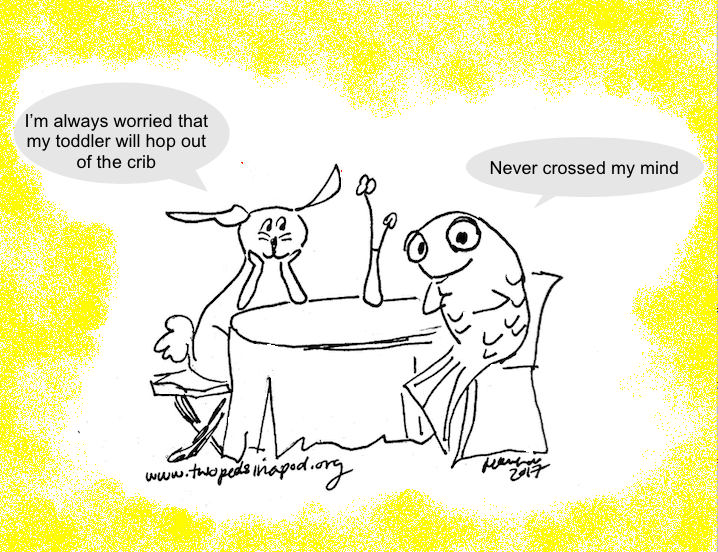
A family asked, “My toddler figured out how to climb out of the crib! How do I transition him into a bed?”
Some kids never climb out of their cribs, but sometimes families need the crib for a new sibling. If this is the case, consider if you really need the crib right away. Using a bassinet for the new baby allows the big brother/sister to get used to having a baby around. Many older siblings regress after the birth of a sibling and it can be useful to keep the older one in a crib for just a little bit longer, then use the new bed as a reward for “helping” or as a token of increased status.
The scariest part of putting your child into a bed is that your child now has access to his bedroom. So if your child is NOT yet climbing out of the crib, do not rush to transition him out. You first need to childproof the bedroom. Crawl on your hands and knees to see what you can reach. See our post on childproofing. For his safety, gate him into his room or keep the door closed. You may also need to gate the steps or gate a hallway to prevent him from wandering into more dangerous rooms, such as the kitchen, in the middle of the night. We know one family who found their child crawling around on the kitchen counters one morning. Know that open or closed bedroom doors likely do not impact potential fire safety. It is far more important make sure your smoke detectors work.
If you have no reason to break down the crib and your child goes to sleep easily in it, there is no harm in keeping him in his crib. However, once a child is able to climb out, a child is able to fall out. So….time to get out. For many toddlers, the ability to throw a leg over the side of the crib occurs around two years of age or when the toddler reaches three feet tall. If your child is potty trained at this point, he will have easier access to the bathroom at night if he is in a bed rather than a crib, so that is another reason to move to a bed. On the other hand, many kids who are fully potty trained during the day continue to wet the bed for years, so don’t wait for dry overnight diapers to put your child into a bed. Just protect the bed mattress with a water-proof liner until your child masters night time dryness.
How to start the transition? You can talk up sleeping in a big boy/big girl bed “just like Mommy and Daddy.” Let your toddler pick out sheets or buy him ones you know he will love. For example, choose sheets in a favorite color, or with favorite characters. Supply a pillow and blanket, but if he is used to a crib without bedding, expect the blanket or pillow to end up off the bed. You might want to continue warm pajamas until a blanket stays on. Sometimes kids want a small “kid’s sized” blanket, but sometimes a larger blanket is more apt to stay on the bed.
While kids are often excited by their new bed, remember that toddlers are creatures of habit. Their excitement might lead them to nap enthusiastically in the bed but then they may want their crib at night. Or they might fight their naps now- remember that many children give up napping between the ages of 2-5 years. If space allows, consider leaving the crib set up for the first week of sleeping in the new bed, then break down the crib once you have several successful naps and overnights in the bed.
Some kids may invite a “friend” or two into his bed: stuffed animals, pacifier, or in the case of one of Dr. Kardos’s kids, a soft Philadelphia Eagles football. Many kids fall asleep with toy cars clutched in their hands. If these friends help your child sleep better, then allow the slumber party.
Falling out of bed is common. For his first week in a bed, Dr Kardos’s first son was always found sleeping peacefully in the middle of his room on the carpet after they tucked him into his bed for the night. You can place a carpet or pillow next to the bed so when the inevitable falling overboard occurs, your child has a softer landing.
You could shorten the distance to the ground by placing a mattress, or a mattress plus the box spring, directly on the floor. Then when your child has gone for a few weeks without falling off the mattress, “build up the bed” onto the standard bedframe.
Alternatively, your child can sleep in a bed with side rails. Note that portable side rails are made for use only on adult beds, NOT for toddler beds or bunk beds. Guidelines for preventing injury from side rails are found here. Rails are are designed for children aged two to five years who are capable of getting in and out of an adult bed by themselves. According to safety guidelines published by Consumer Reports in 2010, “Be sure they (the rails) fit tightly with no gaps between the mattress and the rail, so that your child can’t get stuck. Leave at least 9 inches between the bed rail and the footboard and headboard of the bed.” The wall is not a bed rail substitute because a child can get trapped between the wall and the mattress.
Decide if you will teach your child to call out to you or to teach him to come into your bedroom if he needs you in the middle of the night. For everyone’s safety, be sure no clothes or clutter between his bed and yours can cause tripping in the dark. A night light in the bathroom helps as well.
As for the beginning of the night, if your child pops out of bed immediately after tucking him in, it’s not too late to teach him how to self-calm and fall asleep in his own bed. This teaching might involve repeated walking him back to bed in a caring manner with minimal conversation besides: “I love you, good night.”
Now your child’s bedtime story will really include a bed! (For instance click here)
Julie Kardos, MD and Naline Lai, MD
Ⓒ2017 Two Peds in a PodⓇ
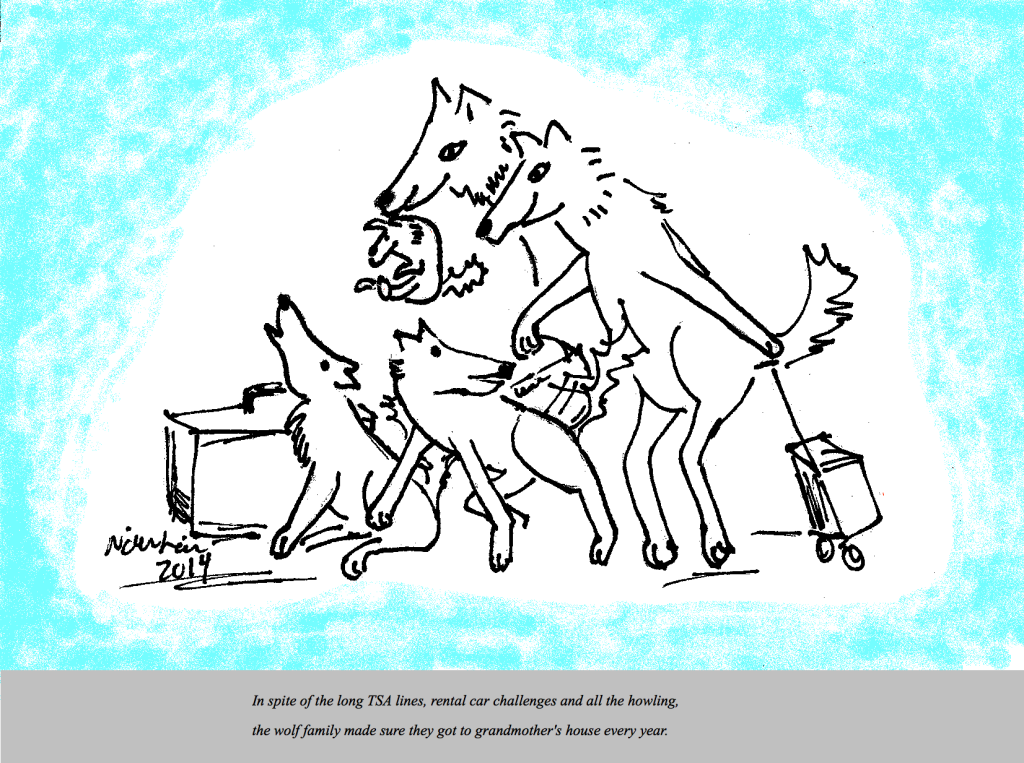 You don’t appreciate how much your baby has grown until you attempt a diaper change on a plane. For families, any holiday can become stressful when traveling with young children is involved. Often families travel great distances to be together and attend parties that run later than their children’s usual bedtimes. Fancy food and fancy dress are common. Well-meaning relatives who see your children once a year can be too quick to hug and kiss, sending even not-so-shy kids running. Here are some tips for safer and smoother holiday travel:
You don’t appreciate how much your baby has grown until you attempt a diaper change on a plane. For families, any holiday can become stressful when traveling with young children is involved. Often families travel great distances to be together and attend parties that run later than their children’s usual bedtimes. Fancy food and fancy dress are common. Well-meaning relatives who see your children once a year can be too quick to hug and kiss, sending even not-so-shy kids running. Here are some tips for safer and smoother holiday travel: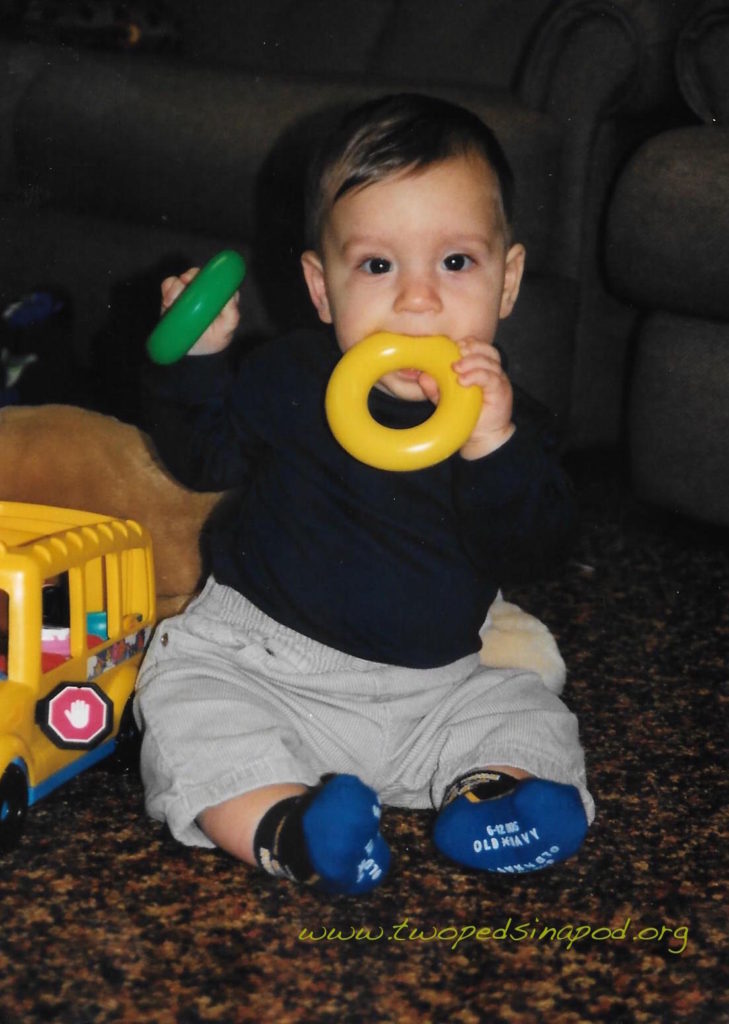
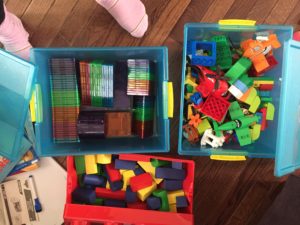
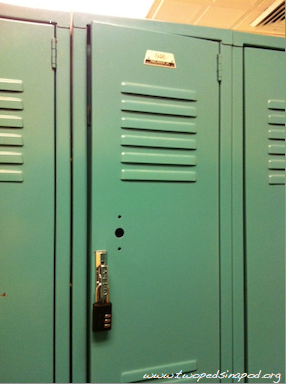 Olga Pasick, mom of a teen who died of meningococcal disease, shares her personal experience and information about the updated guidelines.
Olga Pasick, mom of a teen who died of meningococcal disease, shares her personal experience and information about the updated guidelines. 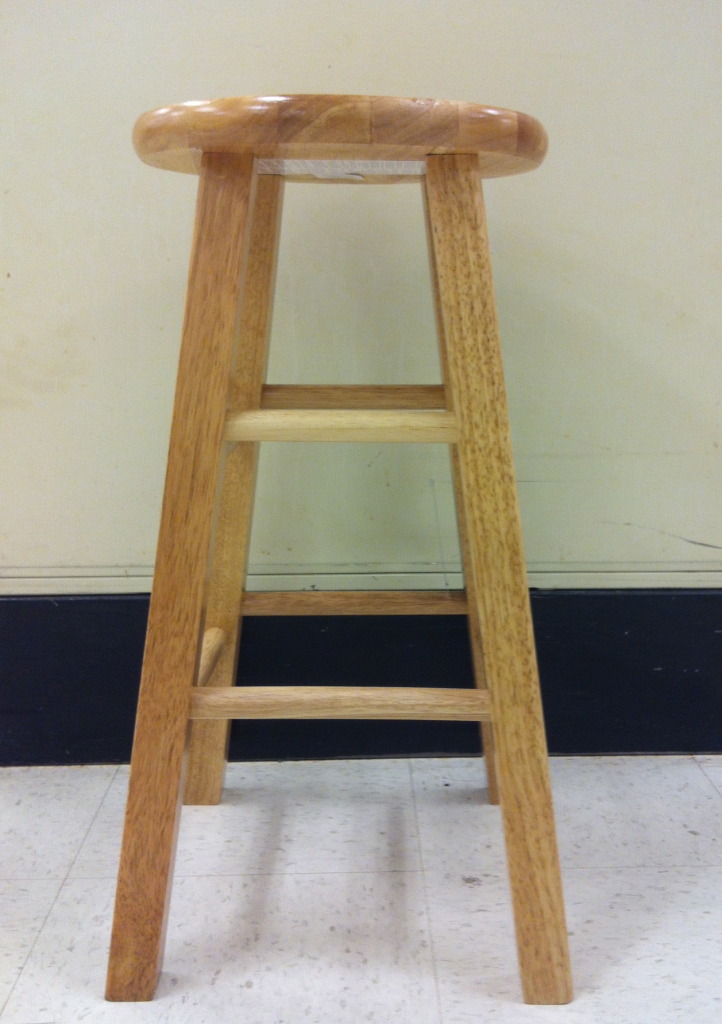
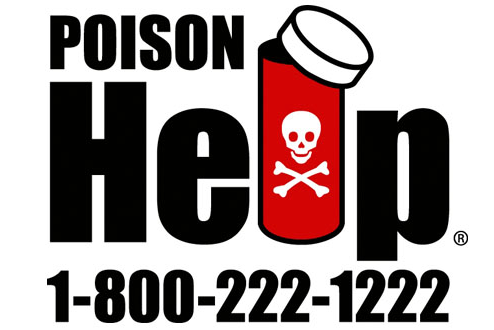

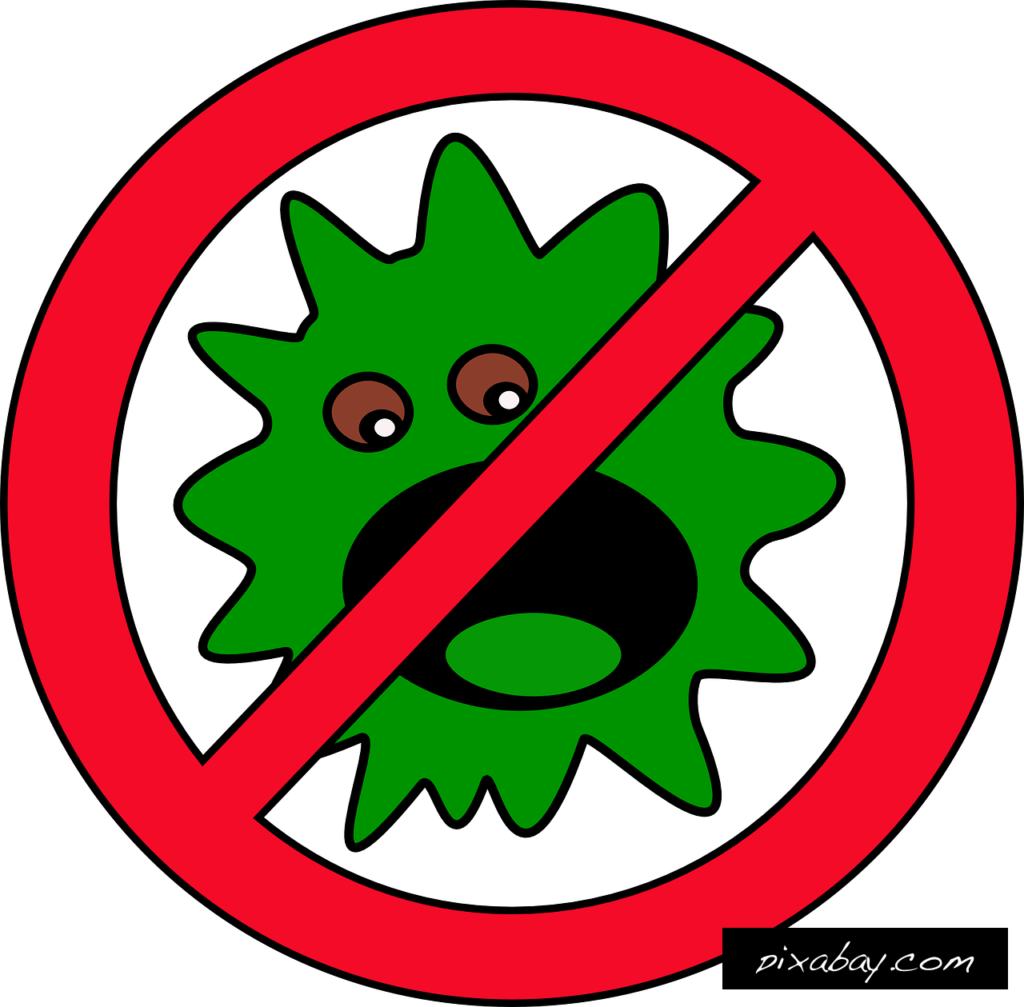
 Whether your child is about to start kindergarten or college, we invite you to read Dr. Lai’s letter she wrote to her first born the night before she started kindergarten. Spoiler: You might want to grab a tissue.
Whether your child is about to start kindergarten or college, we invite you to read Dr. Lai’s letter she wrote to her first born the night before she started kindergarten. Spoiler: You might want to grab a tissue.